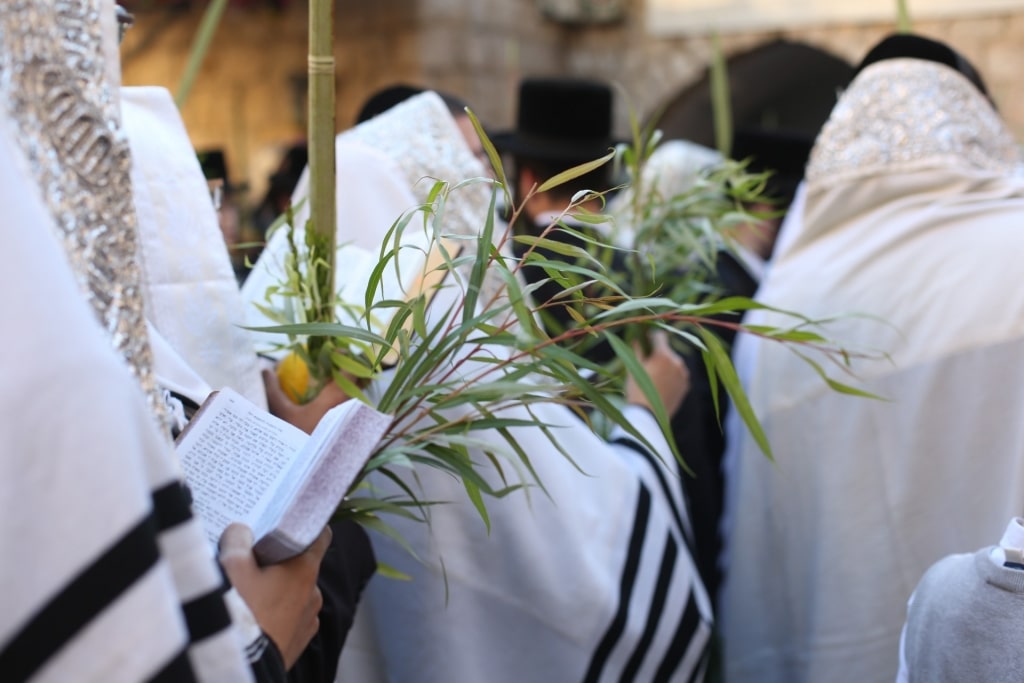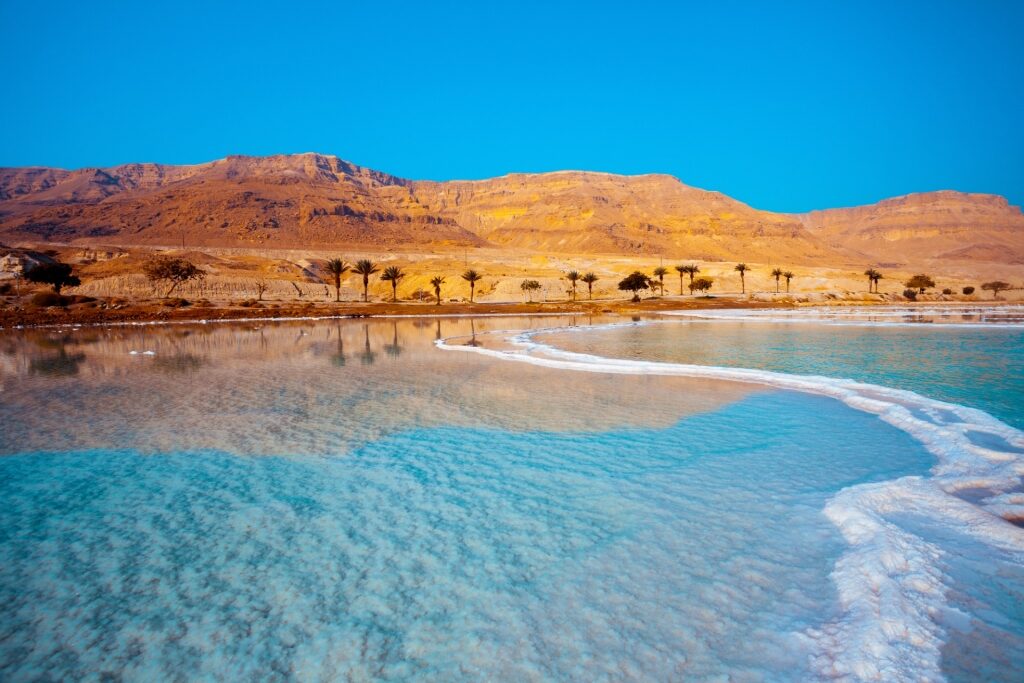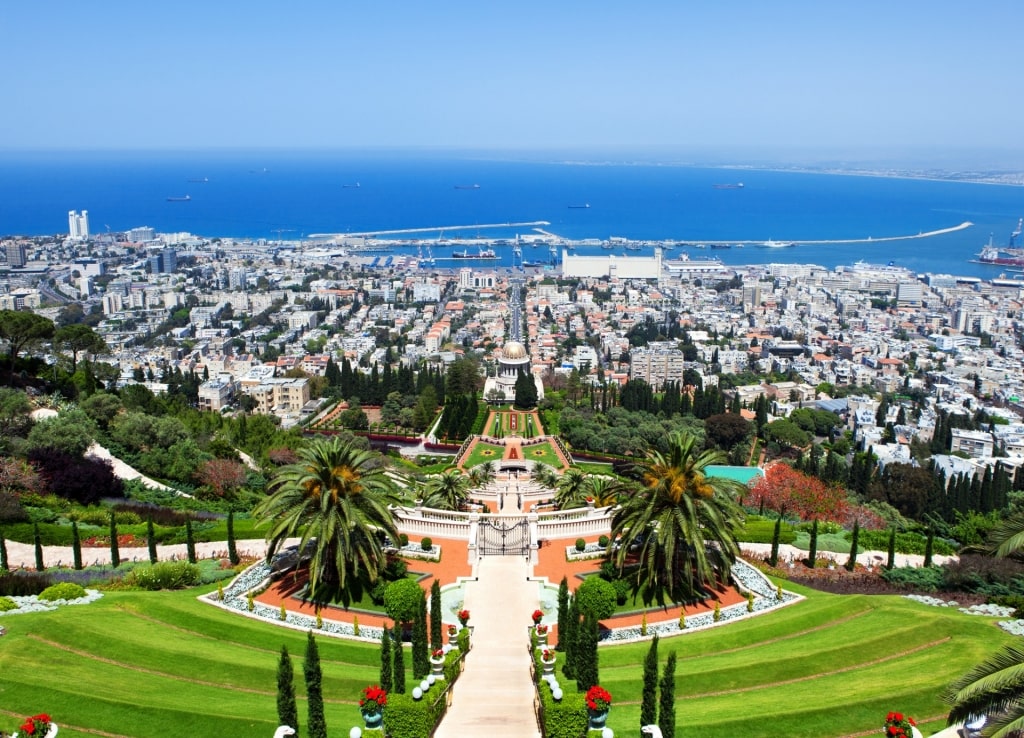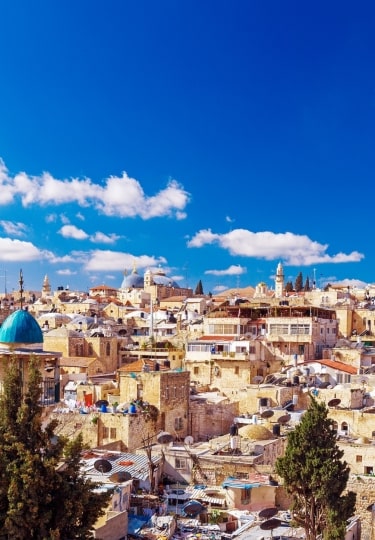The best time to visit Israel, basking on the shores of the southern Mediterranean, is spring and fall, outside the intense heat of summer. This is one destination where you’ll want to be active, as there’s such an astonishing amount to see and do, so avoiding the heat of July and August is a good idea.
Israel is a tiny country but it spans several climate zones. The west coast, which stretches along the Mediterranean, has a typical Mediterranean climate, with long, hot summers and short, rainy winters.
To the north, the mountains enjoy more temperate weather. Inland and to the south, the terrain is desert, with temperatures to match.
Visiting Israel by Season
Summer
Israel’s long, hot summers, the warmest months of which are June, July, and August, enjoy averages of 82°F (28°C) on the coast. There’s no rainfall during these months, although the humidity can be intense. On the coast, this is made more tolerable by sea breezes.
Jerusalem lies at 2,300 feet (700m) above sea level and is a few degrees cooler, although hot air from the nearby Egyptian desert can bring waves of heat to both Jerusalem and the coast.
Fall

Sukkot
The intensity of summer cools between September and November, with average highs on the coast dropping from 80°F to 67°F (26.8°C to 19°C). September has virtually no rain, and October is usually sunny and fine, although November can see up to seven rainy days and three inches (80mm) of precipitation.
Jerusalem is a little cooler, with average daily temperatures dropping to 60°F (16.0°C) by November. Rainfall is lower than on the coast, and lower still around Tiberias, on the Sea of Galilee.
Fall is the best time to go to Israel for clear, sunny days when you’ll be full of energy for sightseeing. It’s also a time of important celebrations, including Sukkot and Rosh Hashanah, the Jewish New Year.
Winter
December, January, and February remain mild in Israel. January is the coldest month, with temperatures dropping to an average of 56°F (13.3°C) in Tel Aviv and 49°F (9.4°C) in Jerusalem.
This is also the wettest time, with Tel Aviv typically receiving 5.7 inches (145mm) of rain in January, and Jerusalem 5.3 inches (135mm). Precipitation at altitude, in the mountains to the north, falls as snow.
Winter is still a good time to go to Israel. Even if it’s raining, you’ll be able to enjoy the galleries and shops of Tel Aviv, and the world-class museums and incredible antiquities of Jerusalem.
Spring

Dead Sea
March, April, and May bring pleasant days and increasingly warmer temperatures, creeping up to an average of 73.2°F (22.9°C) in Tel Aviv and 69.1°F (20.6°C) in Jerusalem by May. Rainfall begins to tail off, although Jerusalem can still receive 3.7 inches (95mm) in March.
Spring can be the perfect time to head out into the Negev Desert, or to the Dead Sea. Around Galilee, flowers will be in bloom. In the cities, locals will be enjoying outdoor dining on balmy evenings.
When Is Rainy Season?
Israel’s rainiest months are December to February. The north is rainier than the Negev region, which is desert, and the far south, where Eilat is a winter sun destination.
Mount Hermon, in the Golan Heights, has snow cover from December to March and is a beautiful sight, visible on a clear day from Haifa.
When Is High Season?
Despite the heat, summer is high season in Israel, and cities like Haifa and Jerusalem, as well as the beaches of Tel Aviv, can get very busy. If you want guaranteed sunshine and no rain, this is the time to come.
But if taking in Biblical sites and museums with fewer crowds, and having more space for the contemplation Israel inspires is your priority, spring and fall are better times to visit.

Haifa
When Is Shoulder Season?
April and May, and September to November are shoulder season. This is arguably the best time to visit Israel, as there will be fewer crowds and the climate is more tolerable for the inevitable long walks that sightseeing involves.
Expect some rain in early spring and late fall, but generally, you should enjoy dry days with plenty of sunlight.
When Is Low Season?
December to February is Israel’s low season, when the days are shorter and there’s more rain. This still isn’t a bad time to visit, as Israel is never cold for prolonged periods. All the museums and antiquities remain open, too.
Browse Celebrity’s cruises to Israel and plan your next vacation.


